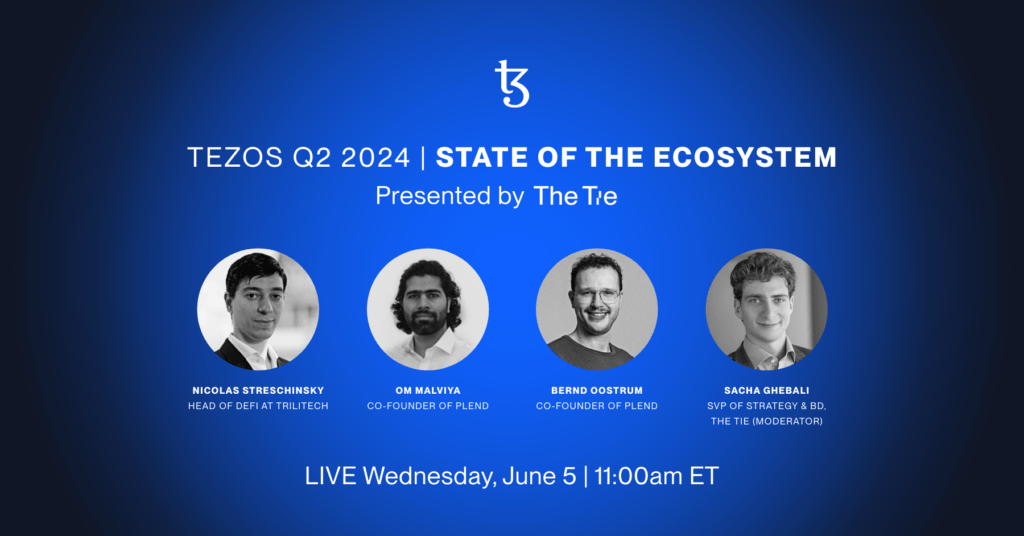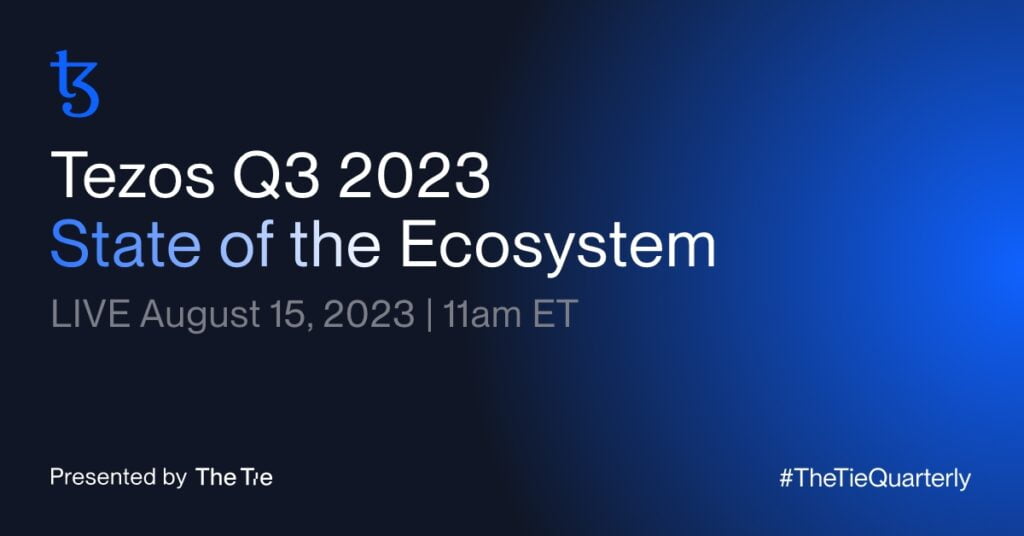Podcast Summary
This podcast features Arthur, a representative from Trilitech, a company that aids in the development and adoption of the Tezos blockchain. The discussion revolves around the unique features of Tezos, including its governance, proof of stake, and smart contract language security. The podcast also delves into the scaling abilities of Tezos, the benefits of Layer Two solutions, and the future focus of Tezos in terms of developer experience, throughput, and latency reduction.
Key Takeaways
Tezos: A Unique Blockchain
- Tezos’ Three Pillars: Tezos was built on three main pillars: governance, proof of stake, and smart contract language security. The blockchain has undergone 14 upgrades since its launch in 2018, demonstrating its adaptability and evolution.
- Energy-Efficient Consensus: Tezos uses a proof of stake consensus mechanism, which is more energy-efficient than the proof of work mechanism used by many other blockchains.
- Smart Contract Security: Tezos places a strong emphasis on the security of its smart contract language to prevent dangerous bugs, enhancing the reliability of the blockchain.
Scaling Tezos with Layer Two Solutions
- Layer Two Solutions: To scale Tezos, Layer Two solutions are being developed that separate computation and transaction collection and ordering. These solutions have demonstrated a throughput of one million transactions per second.
- Vertical and Horizontal Scaling: Layer Two solutions were initially designed for horizontal scaling (using more computers in parallel) but can also be used for vertical scaling (using more powerful computers) without centralization.
- Enshrining Layer Two: The Tezos core teams are working on enshrining Layer Two in the Tezos ecosystem, which provides benefits in terms of security and seamless use of the same gas token between different rollups.
Security and Developer Experience
- Layer 1 vs Layer 2: Layer 1 blockchains, like Tezos, offer more security as they can fork out of bugs, while Layer 2 solutions provide a better developer experience and allow for integration with the main chain.
- Data Availability: Tezos has been working on a data availability layer called “d” that shards data and distributes it among validators to increase throughput.
- Complex Use Cases: With increased scalability, Layer 2 chains can support more complex use cases, such as decentralized exchanges with continuous double auction order books.
Future Focus of Tezos
- Developer Experience: Tezos aims to improve the developer experience by supporting mainstream programming languages like JavaScript, .NET, and Python.
- Throughput and Latency: Tezos is targeting a throughput of 1 million transactions per second within a single rollup and is working on latency reduction to improve the overall user experience.
- Regulatory Clarity: In the EU and UK, legislation and frameworks like the UDT pilot regime and Mika are providing regulatory clarity for blockchain experimentation and stable coins.
Sentiment Analysis
- Bullish: The podcast presents a bullish sentiment towards Tezos, highlighting its unique features, scalability, and future focus. The discussion on Tezos’ three pillars, Layer Two solutions, and the future focus on developer experience, throughput, and latency reduction all contribute to a positive outlook.
- Neutral: While the podcast is generally bullish, it also maintains a neutral stance by discussing the challenges and trade-offs between Layer 1 and Layer 2 solutions. It acknowledges the need for balance between security and developer experience, and the importance of specific use cases in choosing between Layer 1 and Layer 2.












